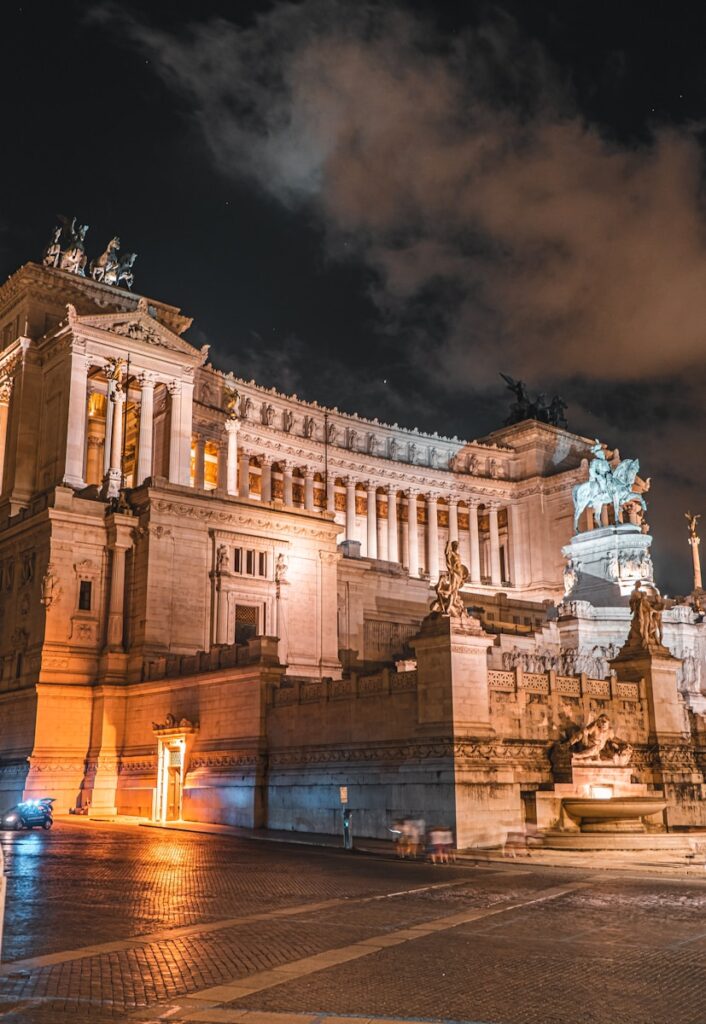Flags, the proud emblems of nations, flutter in the wind, each telling its own tale. These banners, from the red and white stripes of the United States to the unique circle of stars on the European Union flag, carry the identity, history, and values of a country. The art of recognizing flags, also known as vexillology, is not just a matter of memory but a fascinating journey into the geopolitics, history, and cultural identity of our world.
In this exploration of flags from the least to the most recognized, we embark on a quest not just to identify these symbols but to understand the stories they tell. The Mexican flag, for instance, is not just about its striking colors but the story of an eagle on a cactus devouring a snake, a narrative deeply embedded in the country’s ancient mythology. The Irish flag, with its green, white, and orange, speaks volumes of peace and the hope of uniting the different traditions and cultures within the country.


But what makes some flags more recognizable than others? It’s a mix of historical significance, global presence, and sometimes, the sheer uniqueness of design. The Union Jack, for instance, is instantly recognizable because of its history as a maritime flag and its incorporation into other flags across the Commonwealth. In contrast, the flags of Maldives or Dominica might not be as instantly recognizable due to their lesser global presence, yet they are full of meaning and beauty.



The national flag serves not only as a symbol of sovereignty and national pride but also as a canvas displaying the values, beliefs, and aspirations of its people. Take, for example, the flag of Brazil, with its green representing the forests, the yellow diamond symbolizing the country’s wealth in gold, and the blue globe with stars that depict the sky over Rio de Janeiro on the night of Brazil’s independence. Each element tells a part of Brazil’s story, inviting observers to delve deeper into its rich cultural tapestry.

Similarly, the flag of South Africa, recognized for its Y-shape and a medley of colors, symbolizes the country’s diversity and unity post-apartheid. It is a potent reminder of South Africa’s journey towards becoming a “rainbow nation,” where different cultures, languages, and traditions coexist in harmony. Flags like South Africa’s not only mark the country’s geographical and political borders but also its evolution as a society.

Flags often carry profound symbolism that reflects the country’s historical milestones. The flag of Japan, known as the ‘Nisshoki’ (sun-mark flag), embodies simplicity and elegance with its solitary red circle representing the sun. This emblem serves as a powerful symbol of Japan’s nickname, the ‘Land of the Rising Sun.’ The design’s simplicity belies the deep connection the Japanese people have with nature and their optimism for a bright future.

In contrast, some flags are laden with detailed imagery and vibrant colors, telling tales of folklore and legend. The flag of Wales, with its red dragon against a field of white and green, is steeped in mythology, symbolizing the dragon’s power, wisdom, and independence. This flag beckons onlookers to explore the mythical stories and rugged landscapes that define Wales.

Understanding the significance behind these symbols enhances our appreciation for the diversity and shared humanity across the globe. It encourages us to look beyond the surface and explore the histories, cultures, and people represented by each flag. This exploration not only broadens our horizons but also fosters a sense of global citizenship and interconnectedness.
Flags are more than mere identifiers on a map or at international events. They embody the spirit of their people, encapsulating centuries of history, culture, and aspirations in a rectangle of fabric. By diving into the stories behind these flags, we embark on a journey around the world without ever leaving home. We discover that, despite our differences, there exists a universal language of hope, resilience, and unity—a language spoken through the vibrant and diverse flags of our world.
In our voyage through the colors and symbols of national flags, we uncover the essence of humanity itself. Each flag, no matter how obscure or widely recognized, carries a message of identity and pride, inviting us all to celebrate the rich tapestry of human existence. So, the next time you gaze upon a nation’s flag, remember the myriad of stories it holds and the unbreakable spirit it symbolizes. Flags are not just pieces of fabric; they are the heartbeats of nations, pulsing with the life and dreams of their people.
Related posts:
Phishing Quiz
Multiple Choice Question
Flags of All World Countries




